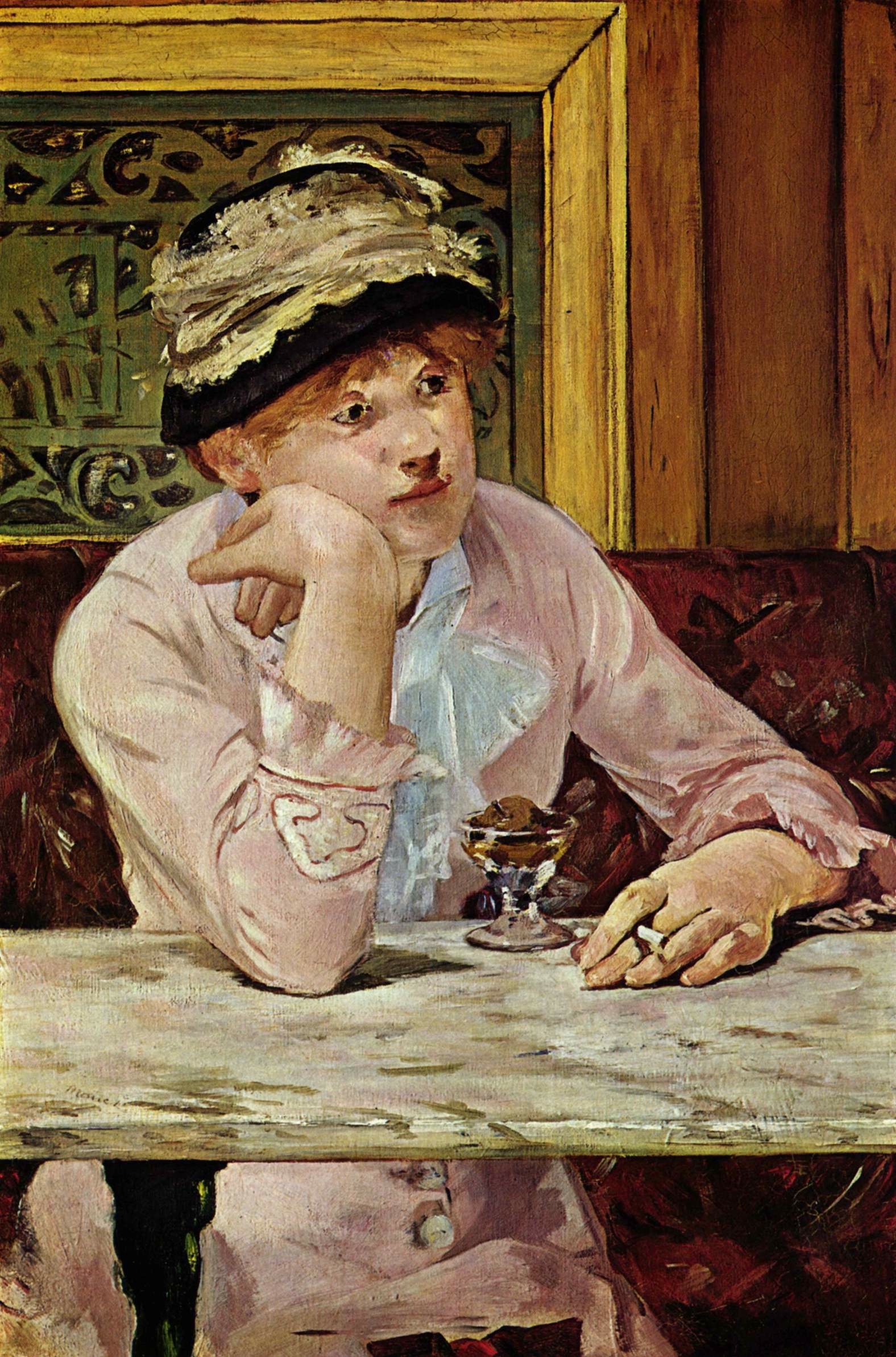Edouard Manet - an inspiration
Edouard Manet an inspiration
Edouard Manet has always been an inspirational figure in my painting both in subject matter as well as composition and painting style. He was a pivotal figure in breaking down the stranglehold of the traditional Acedemic style of painting to give way to impressionism: Manet was one of the first to paint contemporary life and question the way that people live.
In many pictures his painting style was energetic, direct, authentic with value on the mark. His compositions are very strong, tonally and colourwise. Many pcitures are framed within the image using strong verticle and and horizontal boundaries. He incorporates a strong psychological narrative, creating real characters and engaging the viewer. He uses ambiguity to keep the viewer coming back and working at the question.
His main early paintings Le déjeuner sur l'herbe and Olympia, created great controversy and rallied the young painters who created Impressionism. Art history counts these paintings as marking the beginning of modern art. Manet was born in Paris in 1832. His family was wealthy with his father being a judge and his mother a socialite. He was expected to go into the law, but his uncle encouraged his interest in art. In 1845 he enrolled in a drawing course where he met and grew close to Antonin Proust. After failing to enter the navy his father let him pursue an art career. Between 1850 and 1856 he studied under Thomas Couture and travelled sidely to look at and copy art. Particular influences on his were Frans Hals, Velazquez and Goya. Manet opened a studio in 1856.
Even from this early time he painted loosely with simplification of detail and strong tonal contrasts. His primary subject was contemporary characters. He had 2 paintings accepted to the Salon in 1861, a portrait of his parents and The Spanish Singer. At the time critics did not like his work, calling it slapdash. However, young artists and the Salon goers were inspired by the work and he was a rallying point for a more modern way of painting. Manet became friends with the Impressionist painters Morisot, Renoir, Degas, Cézanne, Monet, Sisley and Pissarro and was seen as an icon of modern painting. However, he always maintained that painters should show at the Salon and refused to put his work into the now famous Impressionist exhibitions.
Manet married Suzanne Leenhoff in 1863. Leenhoff was a piano teacher of Manet's age who he had been seeing for 10 years. Leenhoff had been employed by Manet's father, and may have been his mistress. In 1852, Leenhoff gave birth, to Leon Koella Leenhoff, but the father could have been either of the Manets. Leon posed often for Manet and is the subject of The Boy Carrying A Sword. Manet died in 1883, at 51, of syphilis and rheumatism. The key paintings that are central to me are:
those that dig into the role of people in society, particularly women:Olympia, Dejeuner sur l'herbe, The Cafe Concert, A Bar at the Folies-Bergère Plum
Beautiful authentic and loose paintings Many of the late still life and flower paintings, eg: flowers in a crystal vase, carnations and clematis in a crystal vase.
and intense portraits Berthe Morisot The Railway The Balcony Breakfast in the Studio.


